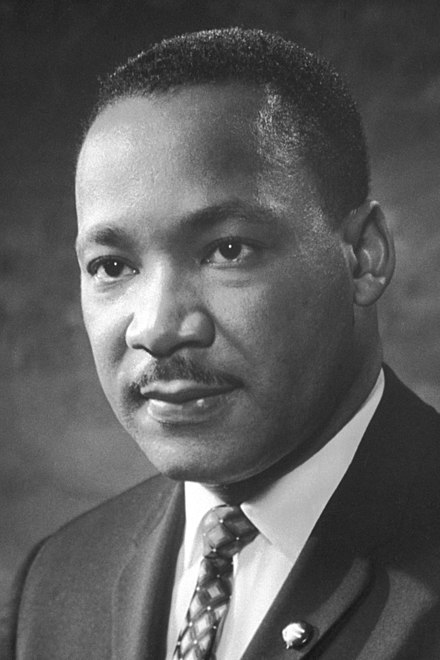Quite a few of my friends have been posting about their uncertainty about if and how to use social media going forward. Musk rendered X/Twitter toxic, and now Zuckerberg is capitulating to MAGA and abandoning moderation on Facebook. I posted the following as a comment on one of these threads, and decided to repeat it here:
I think the best approach is going to be dual-track: Bluesky plus personal blog. Longer form content on the blog, ephemeral interactions (plus notifications of blog updates) on Bluesky. (Or whatever supersedes Bluesky.) This is what folks like Scalzi and Emptywheel are doing.
What FB and Twitter have taught us is that relying on a single platform is risky/unwise/disappointing. Migrating old content is awful, but do you really want to lose your history? And setting up and running a WordPress instance is operationally trivial and pretty affordable.
Right now, I have four daily feed sources. (Too many, but 🤷?)
– Email, for all of the newsletters (including many Substack sources).
– Feedly, for all of the blogs and news sources that provide RSS feeds.
– Facebook, for family and friends.
– Bluesky, for ephemeral stuff.
